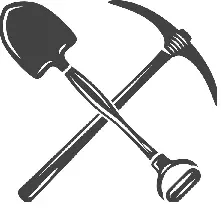Abstract This paper presents preliminary assessment of seedling survival and growth of green alder (Alnus viridis (Chaix) DC. in Lam. & DC.) planted on fly ash disposal sites. This kind of post-industrial site is extremely hard to biologically stabilize without top-soiling. The experiment started with surface preparation using NPK start-up mineral fertilizer at 60–36–36 kg ha-1 followed by initial stabilization through hydro-seeding with biosolids (sewage sludge 4 Mg ha-1 dry mass) and a mixture of grasses (Dactylis glomerata L. and Lolium multiflorum Lam.) (200 kg ha-1). Subsequently, three-years-old green alder seedlings were planted in plots on two substrate variants: the control (directly on combustion waste) and plots with 3 dm3 lignite culm from a nearby mine introduced into the planting pit. Five years of preliminary monitoring show good survival seedling rates and growth parameters (height (h), average increase in height (Dh), number of shoots (Lo) and leaf nitrogen supply in the fly ash disposal habitat. Treatment of the site with a combination of lignite culm in planting pits and preliminary surface preparation by hydroseeding and mineral fertilization had the most positive effect on green alder seedling parameters. The result sindicate that it is possible and beneficial to use green alder for biological stabilization on fly ash disposal sites.

